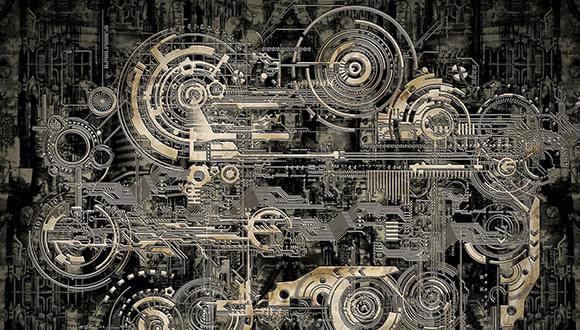Department Seminar of - Yevheniia Bernikov Damage models for multi-layered laminates under low-velocity impact and compression after impact
School of Mechanical Engineering Seminar
Wednesday, December 15, 2020 at 14:00
Wolfson Building of Mechanical Engineering, Room 206
Damage models for multi-layered laminates under low-velocity impact and compression after impact
Yevheniia Bernikov
MSc Student of Prof. Rami Haj-Ali
Composite structures experience low-velocity impact (LVI) events during manufacturing, service, and maintenance operations. An LVI can introduce substantial non-visible damage in layered composite structures, such as delamination, matrix cracking, fiber breakage, and fiber buckling. Therefore, there is a strong need to develop analysis tools for LVI capable of predicting accurate damage states. Compression after impact (CAI) is a critical damage mode due to its elevated sensitivity to pre-existing damage triggered by LVI. This research aims to develop a scalable predictive damage modeling approach to both LVI and CAI.
For the LVI analysis of multi-layered plates followed by CAI, a through-thickness meso-mechanical sublaminate homogenization model is introduced. The sublaminate approach provides a meso-scaled effective nonlinear continuum for a through-thickness periodic stacking sequence. Damage models are introduced and examined in their ability to initiate and propagate progressive damage in the laminate subject to impact. The result is a complete damage model capable of predicting both inter-laminar and intra-laminar damage in composites during LVI and CAI. Analysis results are compared with experimental results carried out together with the University of Michigan (UM) and the U.S. Air Force Research Laboratory (AFRL).
The proposed sublaminate model is shown to give good predictions of the LVI damage and CAI strength of multi-layered plates. Furthermore, this model is shown to be computationally efficient with reduced computational time compared to the traditional layer-by-layer approach. The computational results agree well with the experimental results in terms of the load responses, damage morphology, and CAI strength.
An LVI test was jointly designed for a single-hat stiffened composite panel and carried out by the UM and AFRL teams. Ongoing analyses are currently performed parallel to the tests to provide blind predictions and aid additional tests with different boundary conditions, impact locations, and several imposed LVI energy levels. The proposed scalable damage framework is shown to be well suited for LVI analysis of general composite structures.
Join Zoom Meetin https://us02web.zoom.us/j/82108132163?pwd=Z2h4UzNzUS9mbXplT0lMU1pZenFEQT09


